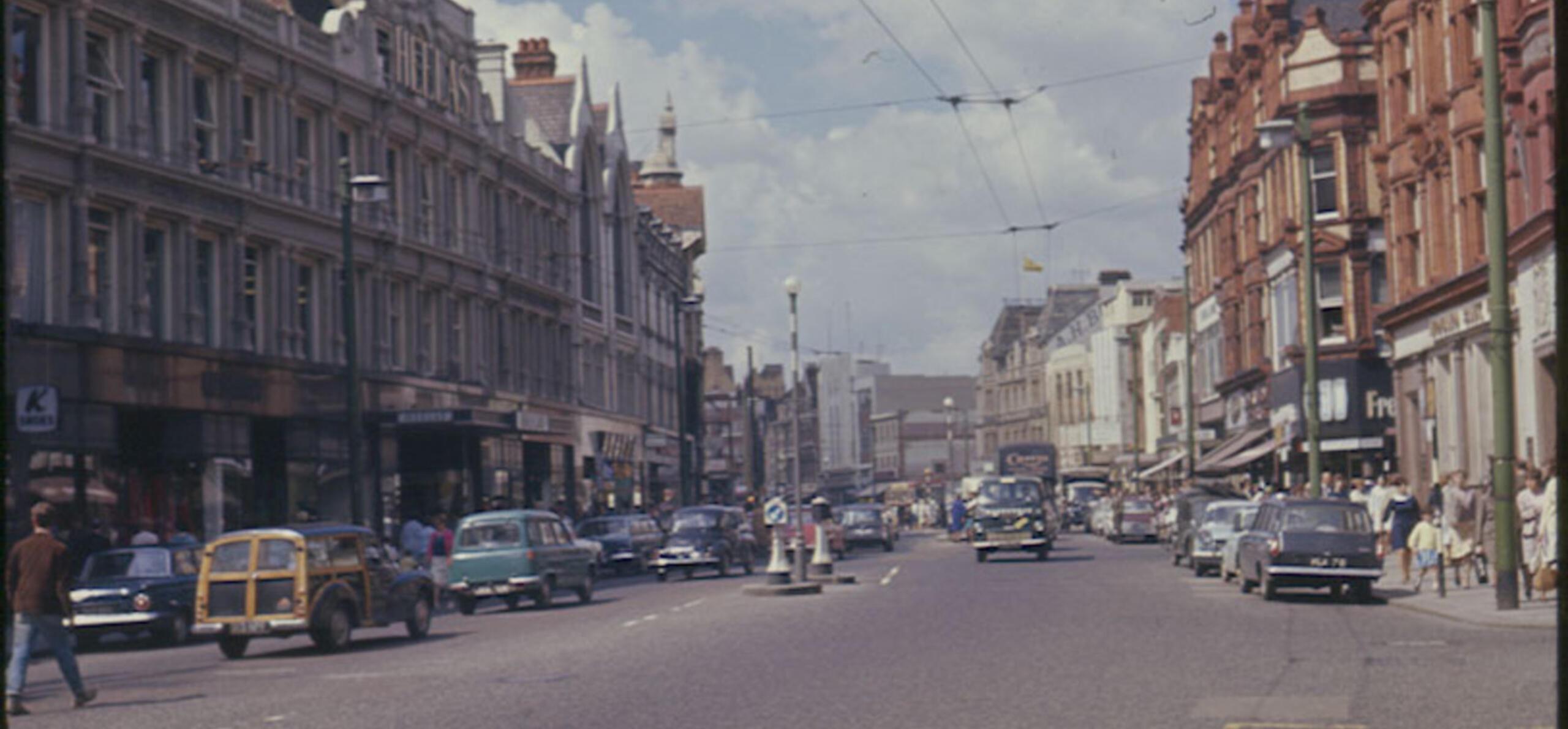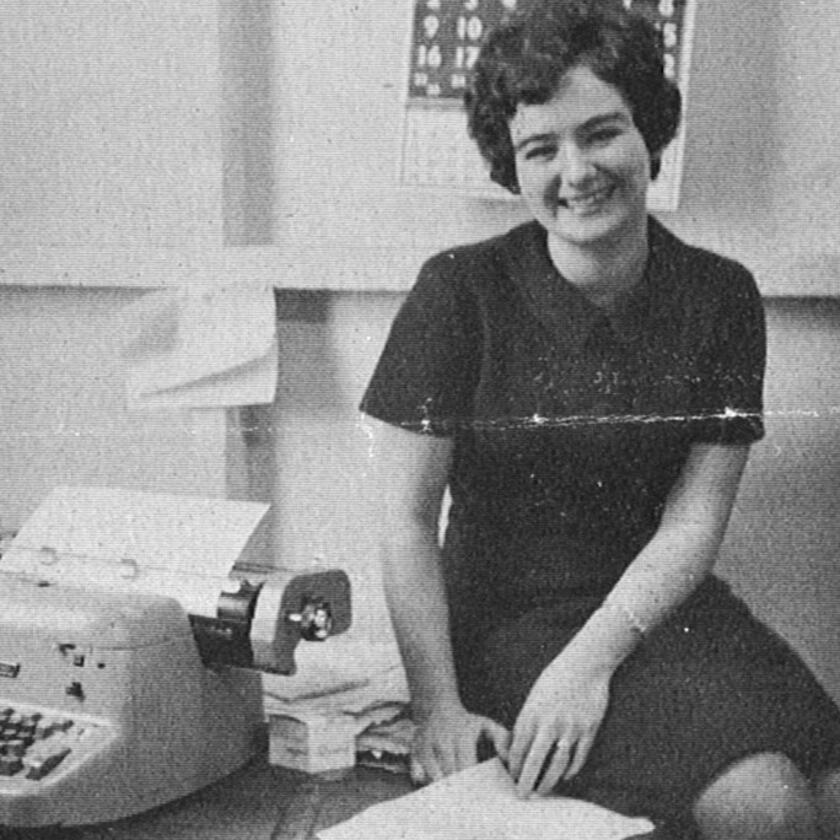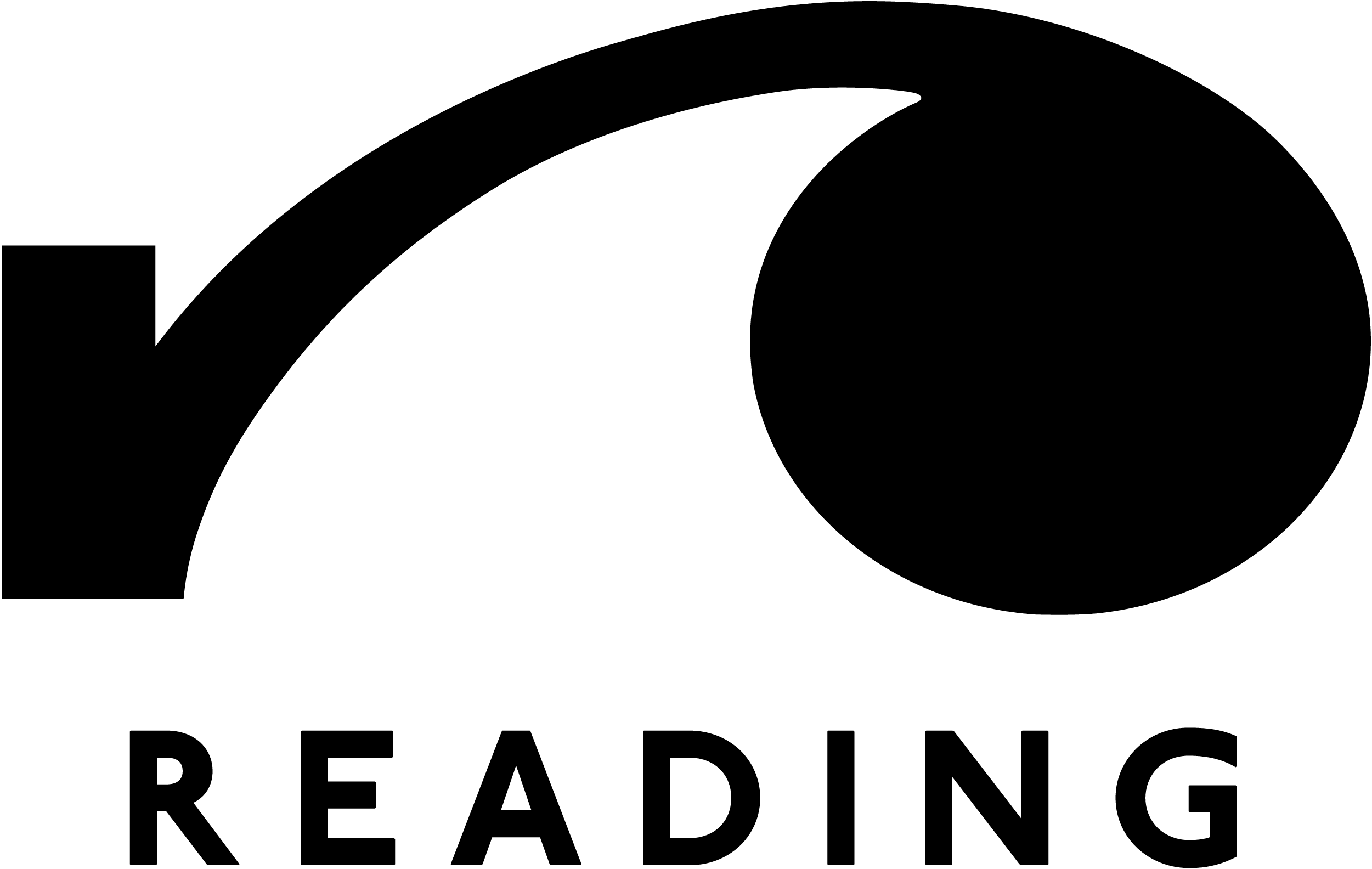DEC’s relationship with Reading began at 11 Castle Street above a carpet shop called Bilbeys.
John Leng, a DEC employee and British-born Canadian citizen, opened the company’s first UK office in 1964 in what was a disused bingo hall. Tables once used by the hall’s patrons were John’s first office desks.
Why had DEC chosen Reading?
It almost hadn’t: DEC decided to open offices in Britain as part of an early international expansion and Leng had moved to the area to be closer to DEC’s government and scientific customers including the UK Atomic Energy Authority.
John had first approached Bracknell but was told only British companies could open offices in the town.
Reading was more welcoming, and a better choice.
- John Leng
Why Castle Street?
It was available and affordable. Employee number two was secretary Hilary Cheeke (pictured below) and from here John established the early DEC team: sales, marketing and a new activity called field services whose job was to install and repair DEC computers at customer sites.
Among John’s first hires was a sales executive named Geoff Shingles, a Reading local who became DEC UK managing director within three years. From this small beginning DEC grew to become Reading’s single biggest employer with 3,000 staff and more than 10 offices around Reading.
Over the decades, DEC opened manufacturing plants in the Republic of Ireland and in Scotland. But the first real step into manufacturing began in Reading on Arkwright Road, where Computer Special Systems Group (CSSG) opened its doors in 1967. CSSG fulfilled a highly specialized remit: adapting standard, off-the-shelf DEC computers to customers’ unique requirements.
CSSG considered itself a ‘skunkworks’ - a small, fast-moving technology project. One of CSSG’s biggest projects was for an automated truck tyre manufacturing system built by networking 16 DEC PDP-11/34s for a factory in Ukraine. One of its smallest: making a DEC VT30 display for a PDP-11 to generate rich colour charts for ITN election coverage.
Computers were relatively new in DEC’s early days and knowledge about how they worked was limited. DEC invested heavily in training employees and customers: hundreds of people flocked to Reading to learn more from as far afield as South America and the Middle East.
DEC took offices around Reading that it converted into lecture halls and classrooms: initially Fountain House in the Butts Centre (now Broad St Mall) but demand and new topics such as systems management and software saw expansion to Shire Hall and Highfield Park, Hook.
Over time, training was offered across the UK and Europe. Field engineers could spend up to six months in classes before being allowed to see customers. Specialists would introduce new products and train customers in how to use DEC computers, networks and software.
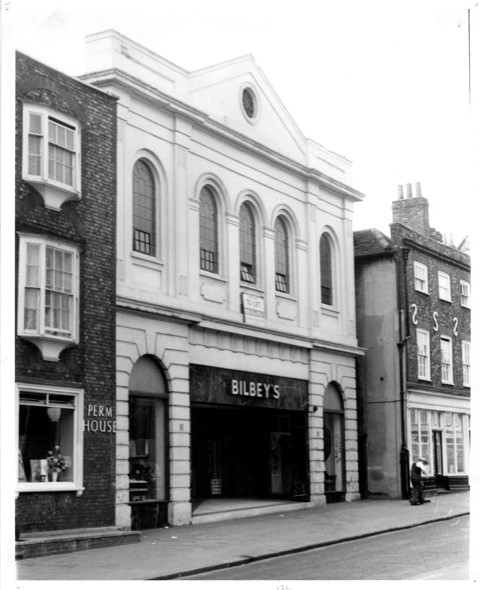
John Leng took this picture of Bibleys when he signed a lease in spring 1964. The “To Let” sign is still visible in the window of the vacant top-floor office space
The Creation of DEC Park
Demand for DEC computers fuelled staggering growth and DEC struggled to find office space, snapping up and converting premises around town. In an attempt to consolidate its business and bring staff together in a single location, it decided to commission purpose-built offices at Worton Grange.
Construction on DEC Park began in 1981. The result was two large buildings for just over 1,000 people designed by architects Arup Associates who’d conceived Sydney Opera House and Lloyds of London.
DEC Park was a modern business space with offices for sales, marketing, field operations and engineering but – also - banks, travel shops and a staff canteen.
The centrepiece was The Street - a green-carpeted avenue flanked by European flags and dotted with shops and seating along which wide-eyed visitors were ushered to meetings.
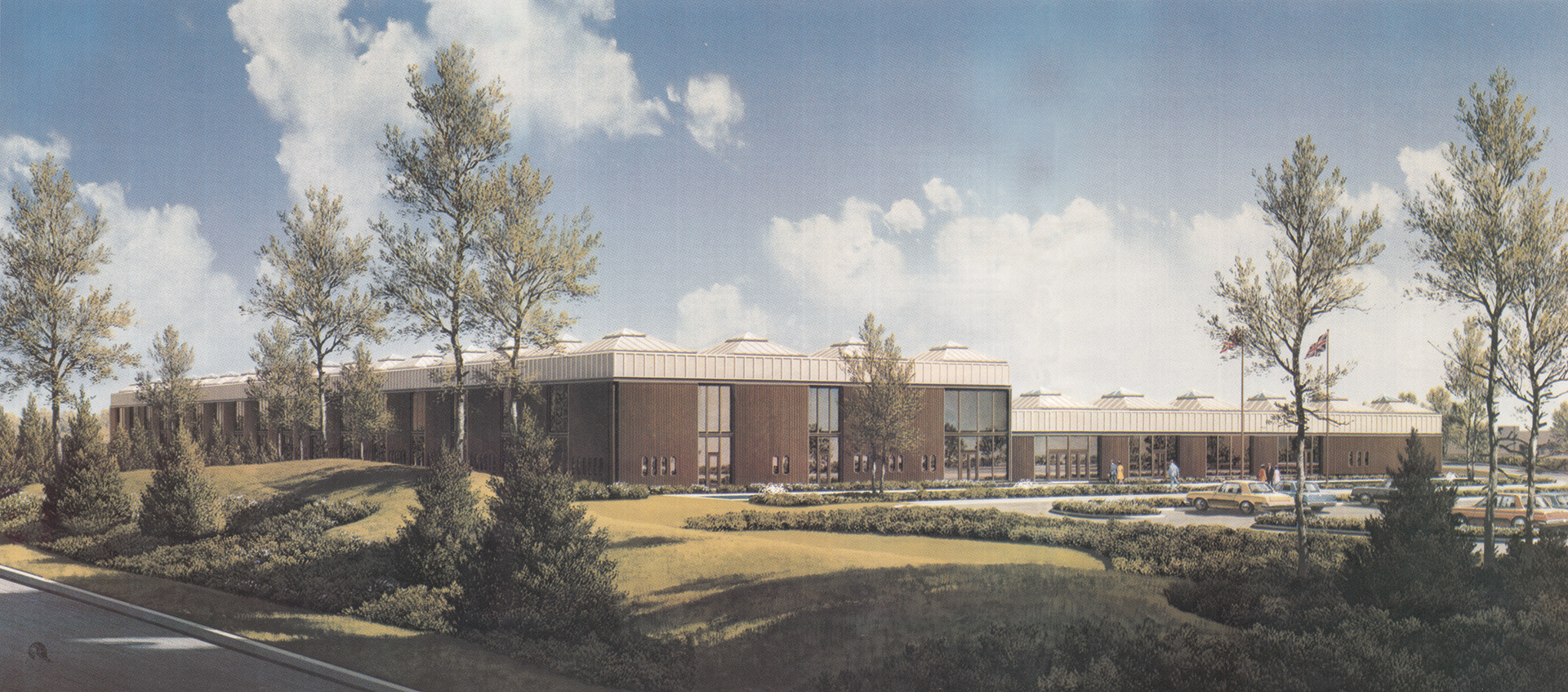
Architect design of DEC Park
DEC Park became a major centre of R&D for the UK with a focus on networking, the internet and business productivity software.
Return to the Reading's Digital Revolution homepage or explore the next section: The evangelists who led a revolution
